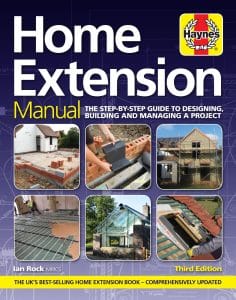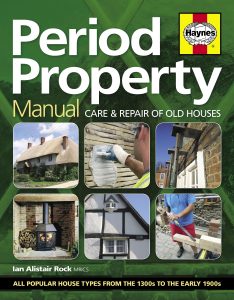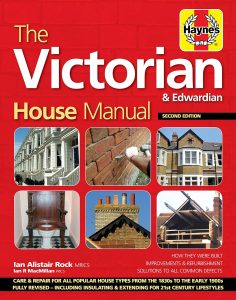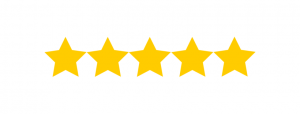Property Tips by Chartered Surveyor Ian Rock FRICS – from the Haynes House Manual series
What’s the right type of survey to get?
Wealth warning: Don’t pay more than you need to!
There are 2 big mistakes people buying a home make when it comes to surveys. First, they sometimes pay more than they need to, often because they’ve been told by their conveyancer they need a ‘structural survey’. More of which later.
At the other end of the spectrum some buyers make the mistake of thinking a simple mortgage valuation report is actually a proper survey. It isn’t. Essentially it’s just a quick look round to reassure the bank lending you money that the price you’ve agreed to pay is broadly in line with the market.
The bank’s main concern is that they could get their money back if you stopped paying the mortgage and they repossessed the place.
What exactly is a ‘proper survey’?
There are two main types – the RICS Homebuyer survey and the full Building Survey. In both cases a qualified chartered surveyor will inspect the building from top to bottom, from the loft down to the drains (where visible). Each part of the building is reported on in turn, both inside and out, and any concerns flagged up.
A third type of survey known as Condition Reports are a budget report but provide very limited advice and may not be carried out by qualified RICS Surveyors.
Paying more than you need to for a survey sometimes happens when people ask for a ‘Full Structural Survey’ (the old term for Building Surveys). So the first question we ask at Rightsurvey is ‘what sort of property are you buying?’ For the vast majority of properties the less expensive Homebuyer survey, sometimes known as an ‘HBR’ is perfectly adequate, and costs nearly half the price of a more detailed Building Survey.
The surveyor should spot all significant defects, including structural problems, and advise you accordingly . The HBR can also include a valuation if required.
But for older period properties (generally those built before around1880), or rambling residences with impressive price tags, a Building Survey offers more scope for the surveyor to dwell in some detail on their encounters with defects.
In the past, confusion sometimes arose because Building Surveys used to be known as ‘structural surveys’ or ‘full surveys’. Perhaps not realising that less expensive Homebuyer surveys also report on a building’s structural condition, customers sometimes opted for the more expensive survey when not strictly necessary.
The downside of both reports is that they do not physically test services, such as the electrics and drainage (although they will give a visual opinion of condition). The reports conclude with a summary of urgent or significant defects and may advise further investigation.
In other words, the surveyor inspects the whole building and distils it down to a few areas of concern, providing an educated opinion as to whether these are typical for the type of property.
The next step is get some idea of the likely costs involved in remedying the highlighted defects, by obtaining specialist tests and reports, commonly on such matters as electrics, timber and damp, or cracking and major structural movement. (See ‘Specialist reports’ blog to follow shortly).
A more sensible system applies in Scotland. Here, at the outset, the seller pays for a three-tier home ‘Home Report’, which includes a ‘Single Survey’ along with the EPC and a property questionnaire.
See Rightsurvey.co.uk for a quick guide to survey prices
Check out our other posts for more info that will help you pay the right price for the right property.
We would always recommend using RICS certified surveyors in every instance – don’t get caught out, get instant quotes for RICS surveyors here.
Ian Rock’s Rightsurvey property tips are taken from the Haynes House Manual series.







